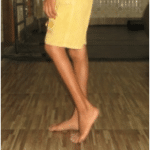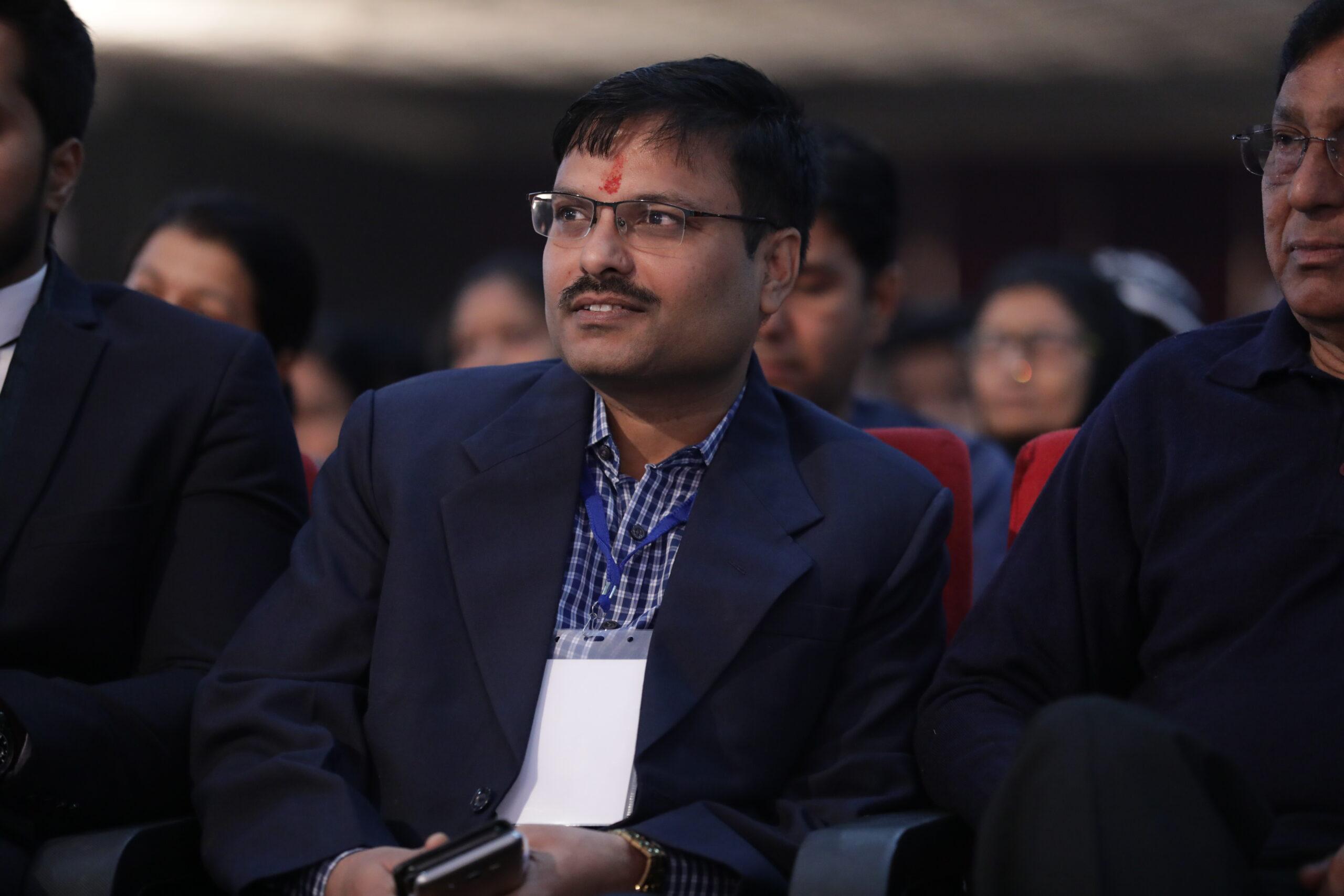Hemiplegic spastic cerebral palsy typically affects the upper & lower limbs on one side. Children can have weakness in muscle groups along with contracture & deformity. It may be only mild impairment in functional activity or severe disability. If left for a long duration there can be shortening of limbs. The most common presentation is Equinus deformity in the lower limb with pronation deformity in the upper limb.

Problem: Most of the time heels do not touch the ground during walking and running. They can be present in a variety of ways based on the involvement of the foot, knee & hip joints. This non-touching of ground can be due to real equinus which is due to gastrocnemius contracture or may be one of the apparent equinus because of deformity proximally. shortening of limbs can also occur in late age.
Management Protocol: At an early age, this problem can be easily managed by therapy, AFO & botulinum toxin but at a later age they may need surgical intervention followed by therapy & brace. The associated problems at the knee & hip also need correction in the same setting.
Authors
-
MS Ortho (PGI Chandigarh) & DNB Ortho, Senior Paediatric Orthopaedic Surgeon, Chairman of Trishla Foundation, India Experience of 20 years in children with orthopaedic problems, cerebral palsy & congenital limb deficiency. Manage more than 1 Lac children with Cerebral Palsy & orthopaedic problem. Member of different Government & non-government organizations. Cerebral palsy children from every state of India & 20 countries are visiting him for expert opinions.
View all posts -
MBBS, MD (Community Medicine), PhD Public Health Secretary, Trishla Foundation, 15 years experience in counselling & guidance to parents of children with cerebral palsy
View all posts


